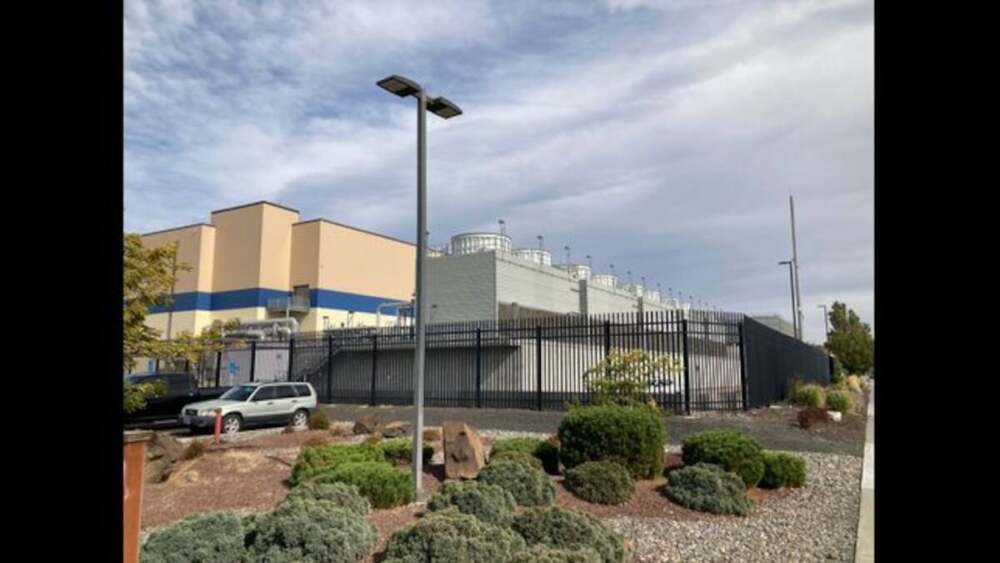Across the United States, a silent conflict is brewing between the digital economy’s relentless expansion and the planet’s most vital natural resource: water. As massive data centers spring up in towns and suburbs to power everything from artificial intelligence to video streaming, concerns are mounting about the sheer volume of water these facilities consume — and the strain they place on local ecosystems and communities.
The Hidden Thirst of the Digital Age
Every search, email, cloud upload, and AI query runs through a network of data servers that must be kept cool to operate efficiently. To prevent overheating, these facilities rely on powerful cooling systems — and in many cases, that means millions of gallons of water each month.
In regions like northern Virginia, Oregon, Arizona, and Utah, where sprawling data centers have become part of the local landscape, the environmental impact is increasingly visible. Municipal water departments report rising consumption rates, while nearby rivers and aquifers show signs of depletion and temperature changes.
Water is drawn in to absorb heat from the servers, either through open-loop systems that discharge it after use or closed-loop systems that recycle it but still require significant replenishment. Even small inefficiencies can add up — one large data center can use as much water annually as a town of 30,000 people.
Communities Feel the Pressure
The influx of data centers, often hailed as economic engines, is now sparking community pushback. Residents in several U.S. towns have begun voicing fears that these facilities are quietly draining local water supplies and putting residential use, agriculture, and ecosystems at risk.
In one small town near Phoenix, where groundwater has already been declining due to prolonged drought, the arrival of a new data center was met with fierce opposition. “We’re being told to ration water, but they get to use millions of gallons a day,” said one local resident at a community meeting. Similar frustrations have surfaced in parts of Iowa and Virginia, where residents report dwindling well levels and changing water quality.
While some companies have pledged to use recycled or non-potable water sources, activists argue that many promises lack transparency or binding commitments. “It’s not enough to say you’ll offset water use in the future,” said an environmental policy expert from the University of Arizona. “Communities need hard data and enforceable limits — not PR slogans.”
A Growing Clash Between Industry and Ecology
As drought conditions intensify in parts of the western and southern United States, experts warn that data center expansion could further destabilize already fragile ecosystems. Increased water extraction can lower groundwater tables, reduce river flow, and alter local microclimates.
The thermal impact is another growing concern. Cooling systems that discharge heated water can elevate temperatures in nearby lakes or rivers, threatening aquatic species and reducing oxygen levels. In some documented cases, downstream fish populations have dropped as a result of temperature shifts linked to industrial water discharge.
Environmental groups have called for stricter regulations, including comprehensive environmental impact assessments before construction begins. They argue that the cumulative effect of dozens of data centers operating in close proximity — such as in Loudoun County, Virginia, known as “Data Center Alley” — could prove catastrophic for water sustainability in the long term.
The Industry’s Defense
Tech companies and data center operators insist they are taking sustainability seriously. Many point to investments in air-cooling systems, wastewater reuse, and advanced efficiency technologies that reduce their water footprint. Some firms have committed to achieving “water-positive” operations by replenishing more water than they consume through conservation projects and watershed restoration efforts.
However, environmental advocates argue that even these initiatives can fall short. “Efficiency improvements are welcome, but they don’t change the basic reality that these facilities require huge amounts of energy and water,” said a representative from an environmental research group. “Without regulation, companies will prioritize expansion over sustainability.”
Government Oversight and the Push for Transparency
At present, most U.S. states have limited oversight of industrial water usage by data centers. Permits are often issued at the local level, with few mechanisms for tracking total consumption or enforcing conservation standards.
Some regions, such as Oregon’s Deschutes County, have begun introducing stricter monitoring requirements. Yet many others continue to approve new developments without assessing cumulative water impacts. Environmental watchdogs warn that this fragmented approach risks creating “invisible water stress” — a situation where regional shortages only become apparent once aquifers and reservoirs are already depleted.
Policy experts are urging federal authorities to intervene, proposing national guidelines that would require companies to report annual water use and invest in community-based replenishment initiatives. Such measures, they argue, could balance economic growth with ecological preservation.
The Economic Dilemma
Supporters of data center development emphasize the jobs and tax revenue they bring. In some cases, these projects have revitalized struggling rural economies, generating new infrastructure and utility investments. Yet critics note that many of the jobs are temporary — limited to construction phases — while the long-term environmental costs remain.
Moreover, the power demands of these centers, often supplied by fossil fuels, compound their environmental footprint. The combination of high electricity use and water consumption makes them a double burden in regions already grappling with climate stress.
Searching for Sustainable Solutions
Experts say that technology does offer pathways toward sustainability. Alternative cooling technologies, such as liquid immersion systems or chilled air methods, can dramatically cut water consumption. Some companies are also experimenting with locating new facilities in cooler, wetter climates to reduce reliance on water-based cooling altogether.
Reusing wastewater, capturing rainwater, and designing “closed ecosystem” facilities are also part of the future envisioned by green infrastructure advocates. However, implementing these solutions at scale requires strong political will, financial investment, and cooperation between the public and private sectors.
The Bigger Picture
The debate over data center water use is emblematic of a broader challenge facing the digital era: balancing technological progress with environmental responsibility. The servers that power global connectivity and innovation come with hidden costs — and as more nations embrace artificial intelligence, cloud computing, and digital storage, those costs are multiplying.
For now, communities across the U.S. find themselves on the front lines of that conflict. In areas where every drop of water counts, the thirst of the digital world is becoming impossible to ignore.
















Leave a Reply